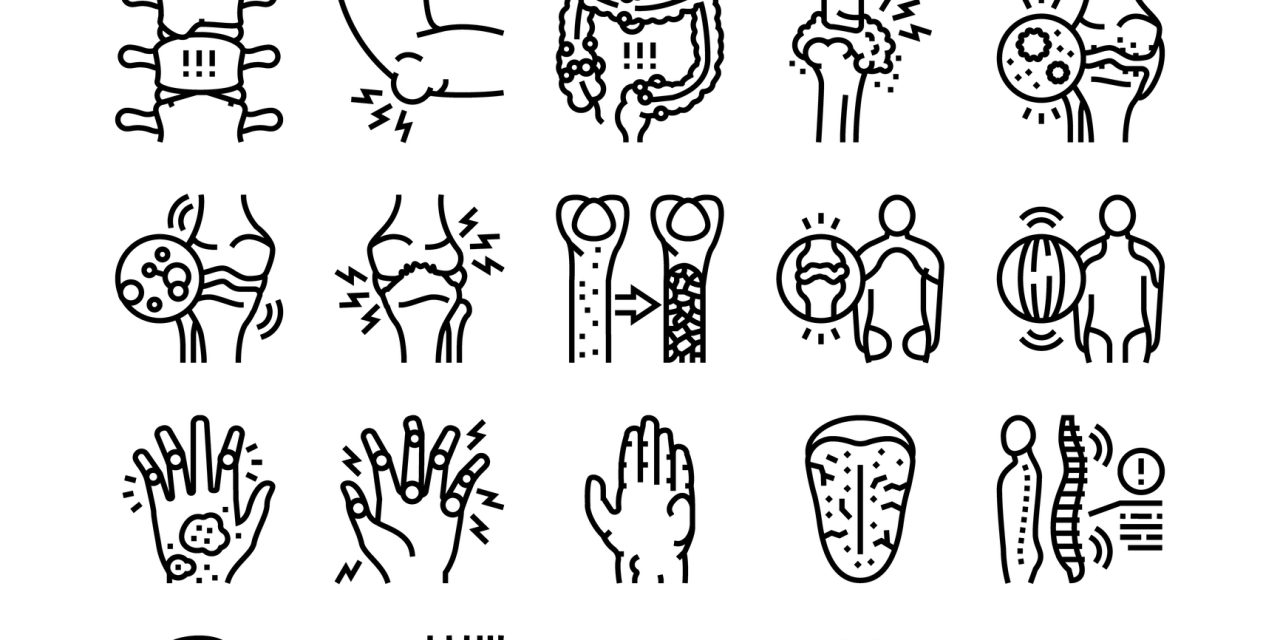Goose nephritic astrovirus (GNAstV) has recently been identified, which causes kidney swelling and visceral gout in goslings. However, the pathological changes in kidney tissue due to GNAstV infection have not yet been described. In the study, fifty goslings were orally infected with GNAstV, and fifty goslings received PBS as a control. Kidney tissue was collected at different days following infection (dpi) to assess the injury. GNAstV infection reduced body weight, increased the relative weight of the kidney, and increased serum uric acid and creatinine levels. GNAstV was found within renal epithelial cells, and the viral load in the kidney peaked at 7 dpi. Pale and swollen kidney tissue was observed in infected goslings, especially at 5 and 7 dpi. GNAstV infection caused degeneration and necrosis of renal epithelial cells, structural destruction of the brush border, glycogen deposition in the glomerular mesangium, increased fibrosis, and infiltration of inflammatory cells into the renal interstitium. Moreover, swollen mitochondria, broken mitochondrial ridges, autophagosomes, and autophagolysosomes were observed under ultrahistopathological examination. GNAstV infection increased levels of LC3B, ATG5, and Beclin 1, and decreased p62, and downregulated WT1 mRNA and upregulated desmin mRNA. At early stages, GNAstV infection decreased expression of intercellular junction-related genes, including ZO-1, occludin, claudin-10, and catenin-α2. In conclusion, GNAstV infection causes renal epithelial cell autophagy, destruction of brush border and intercellular junctions, podocyte damage, and increased fibrosis, ultimately resulting in damage to the kidney.Copyright © 2021 Elsevier B.V. All rights reserved.
Goose nephritic astrovirus infection increases autophagy, destroys intercellular junctions in renal tubular epithelial cells, and damages podocytes in the kidneys of infected goslings.


